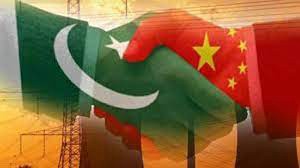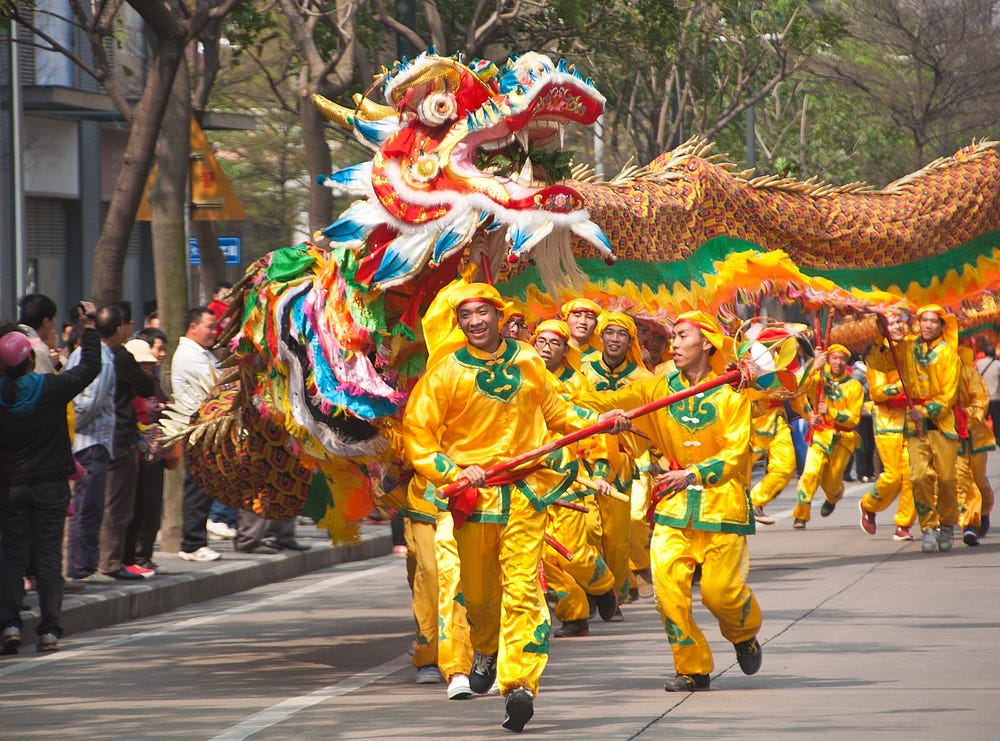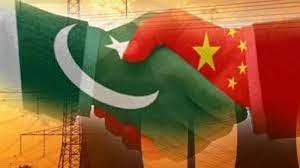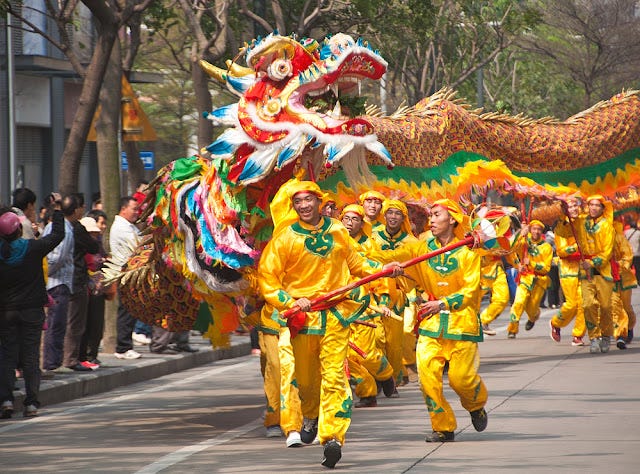
Introduction:
The phenomenon of artistic cross-pollination, the strengthening of economic ties, and the origins and early development of ancient trade routes are intricately interconnected through the lens of cultural exchanges. Throughout history, human societies have engaged in trade, facilitated by interconnected networks of routes that spanned vast distances. These ancient trade routes not only facilitated the exchange of goods but also served as conduits for the exchange of ideas, art, language, and religious beliefs. This article explores the profound impact of cultural exchanges along these ancient trade routes and how they shaped the course of human civilization.
Ancient Trade Routes and Cultural Exchanges
In antiquity, the region connecting China and Pakistan played a vital role as a crossroads for the exchange of goods, ideas, and cultures. The historical Silk Road, an extensive network of trade routes, facilitated contact between the two civilizations. Chinese silk, tea, and other valuable commodities traveled westward, while spices, textiles, and precious stones made their way from Pakistan and the Indian subcontinent to China.
Support in International Forums
Over the years, China and Pakistan have consistently supported each other in various international forums. This mutual support has been particularly evident in matters concerning each country's core interests. Pakistan, for instance, supports China's "One China" policy, acknowledging the People's Republic of China as the sole legal government of China and opposing any form of Taiwanese independence.
Conversely, China has been a vocal supporter of Pakistan's stance on the Kashmir issue. This support in international forums has solidified the partnership between the two countries and created a sense of trust and understanding.
The Main Silk Road:
The central branch of the Silk Road, often referred to as the "Northern Route," began in the ancient capital of Chang'an (modern-day Xi'an) and extended westward, passing through several key trading cities such as Dunhuang, Kashgar, and Samarkand. It eventually reached the Roman Empire, with goods being transported across vast deserts and through mountain passes.
The Southern Silk Road:
The Southern Silk Road, also known as the "Maritime Silk Road," complemented the overland route by connecting China with Southeast Asia, the Indian subcontinent, and the Arabian Peninsula through sea routes. Maritime trade was particularly crucial for the exchange of goods like spices, textiles, and ceramics.
The Trans-Eurasian Link:
The Silk Road was not a single path but rather a complex network of trade routes that crisscrossed Asia. Caravans not only facilitated trade but also played a vital role in cultural exchanges and the dissemination of knowledge. Buddhism, for example, spread from India to China along these routes, leaving a profound impact on the societies it touched.

Promoting Cultural Exchange:
Trade goes beyond commercial transactions; it brings people from diverse backgrounds into contact with one another. As goods and services flow between countries, so do ideas, customs, and traditions. This cultural exchange enriches societies by fostering an appreciation for different cultures, leading to increased tolerance and cross-cultural understanding.
Education and Language:
Bilateral trade often involves educational opportunities for students from partner countries to study abroad. These exchanges allow individuals to immerse themselves in foreign cultures, learn new languages, and gain a broader perspective of the world. As students return to their home countries, they become ambassadors of cultural exchange, sharing their experiences and promoting international cooperation.
Art and Creativity:
Trade allows artists and creators from different nations to collaborate and showcase their work to a global audience. Cultural products such as literature, music, films, and art find new audiences, leading to cross-cultural appreciation and inspiration. Through artistic expressions, societies can better understand the values and emotions that bind us all together

Rituals and Ceremonies:
Cultural exchange has also influenced rituals and ceremonies, shaping the way people mark important life events and celebrate cultural milestones. As different cultures interact, they adopt and adapt each other's customs, leading to a blending of traditions that continue to evolve over time.
The celebration of Christmas, for instance, incorporates elements from various cultures, such as Germanic customs, Roman festivals, and Christian religious practices. The resulting fusion has created a globally recognized holiday with diverse expressions.
Architectural Marvels:
Architecture, too, bears the imprint of cultural exchange. As ideas and building techniques travel between societies, architectural styles blend, giving rise to iconic structures that transcend borders and cultural boundaries.
The Mughal architecture in India, for instance, was influenced by Persian, Turkish, and Indian architectural elements. The Taj Mahal, a UNESCO World Heritage site, is a testament to this fusion, showcasing the beauty of cultural exchange in its intricate design.

Conclusion:
The intertwining themes of artistic cross-pollination, strengthening economic ties, origins and early development, and cultural exchanges along ancient trade routes paint a vivid picture of the interconnectedness of human civilizations throughout history. These trade routes were not merely conduits for the exchange of goods; they were vibrant arteries pulsating with cultural interactions that shaped the course of human development.
For More Detail
Muzammil Shahzadさんをフォローして最新の投稿をチェックしよう!
0 件のコメント
この投稿にコメントしよう!
この投稿にはまだコメントがありません。
ぜひあなたの声を聞かせてください。
